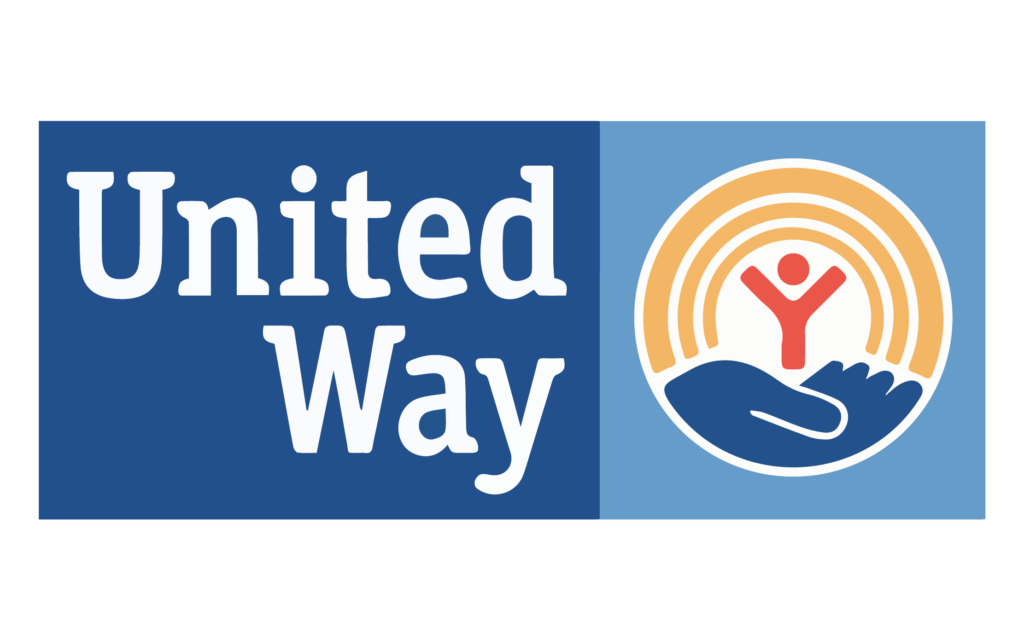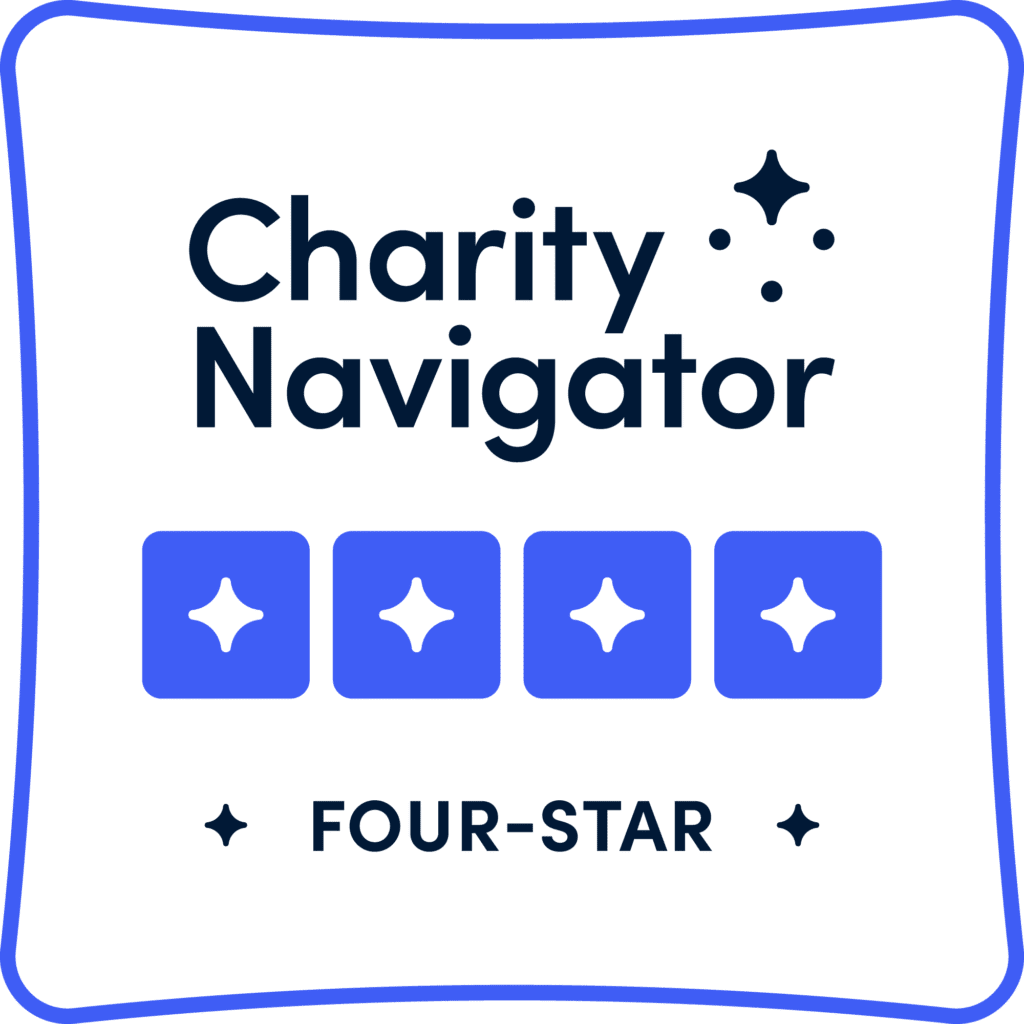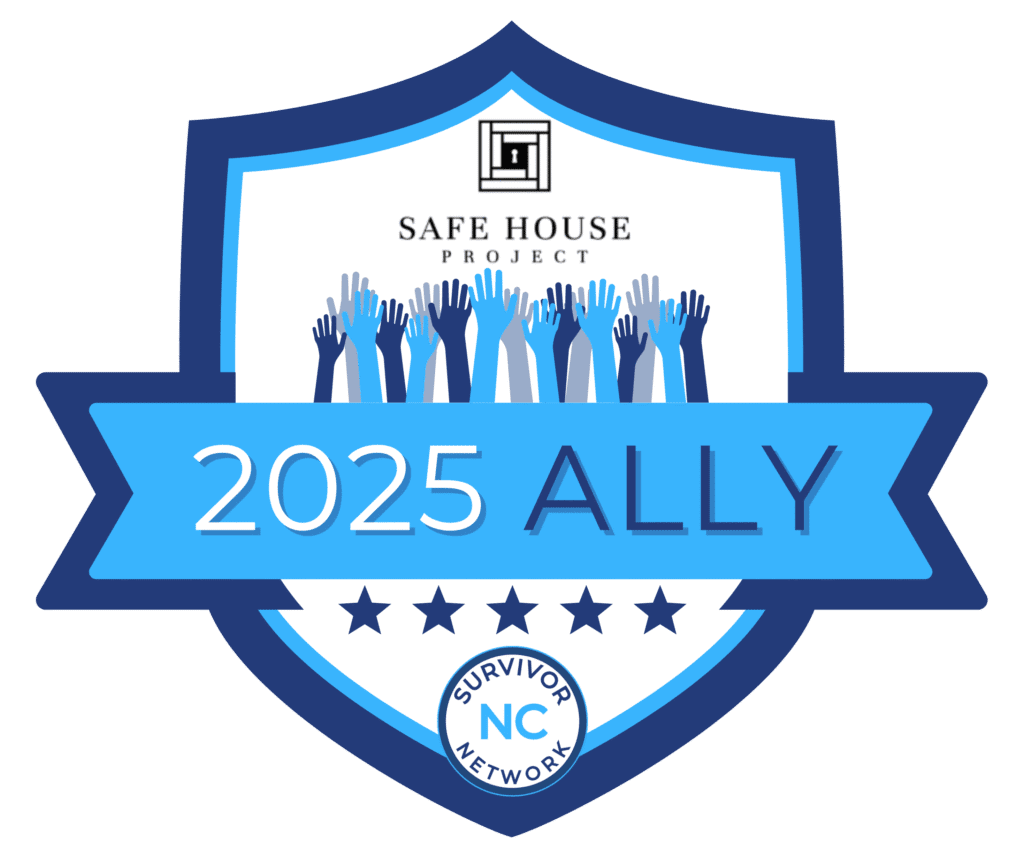WHO CAN BE A VICTIM OF HUMAN TRAFFICKING?
Human trafficking affects hundreds of thousands of people each year in the United States. This crime occurs in every state, impacting men, women, and children in urban, suburban, and rural communities alike. While stereotypes and media misinformation often shape the public’s perception of what human trafficking looks like, in reality, victims represent all ages, genders, racial and ethnic groups, and socioeconomic backgrounds. Understanding who is most at risk for victimization through trafficking is essential for identifying survivors, building systems that support their healing, and preventing future exploitation.
What Makes Someone Vulnerable to Human Trafficking
Traffickers intentionally take advantage of vulnerabilities that already exist in a person’s life in order to gain control over them. These vulnerabilities may include poverty or financial insecurity, homelessness, addiction, or physical or cognitive disabilities. People who are socially isolated or lack stable housing, consistent employment, or community connections are more likely to be targeted by traffickers. Control often involves psychological manipulation, threats of violence or retaliation, coercion, or dependency rather than physical force.
Someone may appear to be living a normal life, attending school, working a regular job, and having a family. At the same time, that person may be under the control of someone who uses threats, emotional abuse, trauma bonds, or financial pressure to maintain dominance. In most cases, the trafficker is someone the victims knows, such as a family member, intimate partner, friend, or employer. Trafficking victims are often exploited in their own communities.
Disproportionately Affected Groups
While anyone can be targeted by a human trafficker, some groups face a higher risk because of the social and systemic risk factors they experience.
- Women & Girls — In the U.S., at least 80% of sex trafficking victims are female. A high proportion of women and girls experience gender-based mistreatment, harassment, or violence throughout their lives, which traffickers often exploit through emotional manipulation and false promises of love or safety. Traffickers regularly manipulate their victims through intimate relationships, targeting women and girls who lack stable support systems and who may have experienced unhealthy relationships before. Gender-based discrimination, oversexualization, and fear of judgment or criminalization prevent many women and girls from seeking help. These risks are greater for women and girls who also face poverty, racism, or other forms of marginalization.
- Children & Adolescents — At least 34% of sex trafficking victims are estimated to be minors, but very few are identified until they reach adulthood. On average, minor victims are trafficked for the first time between the ages of 12 and 14. Tragically, more than 4 in 10 minor trafficking victims are exploited by a family member. Youth who experience family instability, poverty, or abuse are far more likely to be targeted, as well as children in the foster care system or the juvenile justice system. Many minors are exploited by an older boyfriend or girlfriend, who may offer shelter, affection, or gifts to gain emotional control over them.
- LGBTQ+ Individuals — LGBTQ+ people are more vulnerable to human trafficking due to a combination of social isolation, discrimination, and often, family rejection. LGBTQ+ youth experience disproportionately high rates of verbal and physical abuse, parental abuse, sexual abuse, and related issues such as missing school, all of which are risk factors for human trafficking. Many LGBTQ+ youth experience homelessness or time in foster care, increasing their risk of being targeted by traffickers who exploit their need for shelter, acceptance, or safety. Fear of rejection or mistreatment can be a significant reason why LGBTQ+ victims avoid seeking help, especially from family members.
- People of Color — Individuals of color make up more than half of the trafficking survivor population, despite representing roughly 40% of the general U.S. population. This is largely due to long-standing systemic inequities and racism, which result in barriers to housing, education, healthcare access, and employment. Racial bias within institutions, in addition to widespread distrust of law enforcement within communities of color, often prevents early intervention or equitable access to support for trafficking victims. Black women and girls are especially vulnerable, making up 40% of all sex trafficking victims. Indigenous women experience similar rates of victimization in the Pacific Northwest, Rocky Mountains, and Northern Great Plains regions, particularly in communities with limited response infrastructure or where jurisdictional gaps exist. These layered vulnerabilities make it much more difficult to detect trafficking, report suspicious activity, or access help.
- Individuals Experiencing Homelessness & Poverty — People who lack stable housing or adequate income are especially vulnerable to human trafficking. Traffickers often target individuals living in shelters, motels, cars, or on the street by offering food, housing, or jobs that may meet their immediate needs. These offers are rarely what they seem, since once the trafficker has established control or dependency, they can use threats, isolation, or addiction to maintain their power over their victims. Individuals experiencing homelessness or poverty are more likely to accept unsafe conditions out of desperation, making them exceptionally vulnerable to mistreatment and exploitation. Many do not know how to access social services or have faced rejection from support systems in the past, exacerbating their social isolation and limiting their opportunities to be identified. All of these challenges are particularly impactful for minors and youth experiencing homelessness, between 25-40% of whom also experience sex trafficking.
- People With Disabilities — Individuals living with disabilities face a unique set of risks that increase their vulnerability to human trafficking, as well as other forms of abuse. They may depend on caregivers for transportation, communication, housing, or daily support, decreasing opportunities to create protective support networks. In some cases, traffickers gain access to victims through formal caregiving roles or through family members who take advantage of this dependence. People with disabilities often experience isolation from their communities or lack access to communication tools that would allow them to seek help, and the limited availability of disability-informed resources further complicates access to services. Individuals with disabilities are also more likely to be disbelieved or dismissed when reporting abuse, especially if they struggle with verbal communication or memory.
- Survivors of Abuse or Neglect — A history of abuse is one of the strongest predictors of vulnerability to human trafficking. At least half of all sex trafficking survivors experienced childhood sexual abuse, which can disrupt the development of healthy emotional boundaries, self-worth, and the ability to recognize or escape abusive relationships. Traffickers frequently exploit these challenges through emotional manipulation, promises of love or safety, and trauma bonds, which are created through cycles of abuse and affection. In cases of familial exploitation, childhood sexual abuse regularly escalates into sex trafficking.
Common Myths About Human Trafficking Victims
Misunderstandings about what human trafficking looks like in the United States continue to shape public perception and hinder the identification of victims. These myths can result in misdirected efforts, missed warning signs, and incorrect assumptions that exclude many who are actually at risk of exploitation.
One of the most common myths about human trafficking is that it always involves kidnapping by a stranger. In reality, most victims know their trafficker. They may be a family member, romantic partner, friend, or employer. Traffickers often build trust first and then use emotional manipulation, financial dependence, or fear to control their victims.
Another common belief is that human trafficking only happens in large cities or foreign countries. However, trafficking occurs in every region and community of the United States, including small towns and rural areas. While the most prevalent type of trafficking may change, trafficking exists and persists in every type of community. Victims are often trafficked in their own hometowns.
There is also a harmful stereotype that trafficking victims are always young girls or not U.S. citizens. While these groups are certainly affected, survivors include people of all genders, ages, races, and citizenship statuses. In fact, nearly 80% of the trafficking survivors that Safe House Project served in 2024 were 25 or older, and 96% were U.S. citizens. Many survivors are adults with families and jobs.
Seeing the Unseen
Human trafficking thrives in silence, stigma, and misunderstanding. When communities rely on stereotypes and myths, they overlook the hundreds of thousands of people who are suffering in plain sight throughout the United States. Victims cannot be confined to one identity or experience — they include children abused by trusted adults, teenagers seeking affection, adults struggling to make ends meet, and people navigating life with disabilities and discrimination. Understanding who can be trafficked must begin with expanding the awareness of what vulnerability looks like and where exploitation can occur.
By recognizing the broad range of people who are affected by trafficking, we move closer to solutions that are both compassionate and effective. Prevention requires education. Identification requires vigilance. Healing requires access to services that affirm each survivor’s dignity and potential. Every person has a role in building safer communities. When we learn to see the unseen, we become part of the movement to end trafficking and help survivors reclaim their freedom and future.
To learn more about what human trafficking looks like, take our free OnWatch training.








